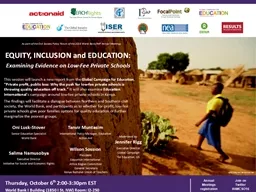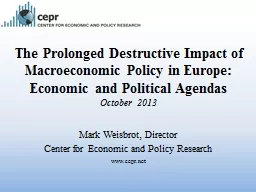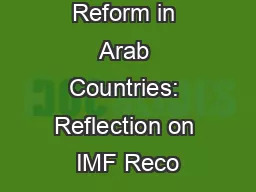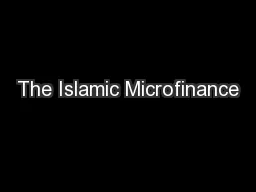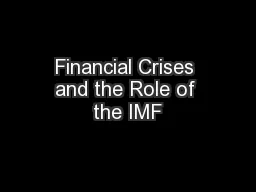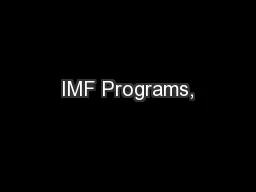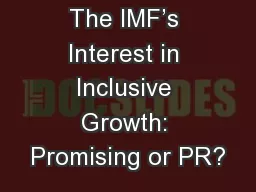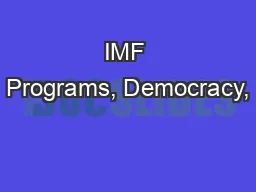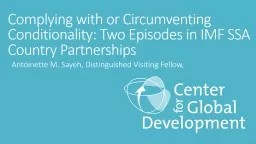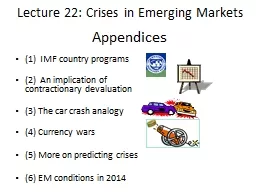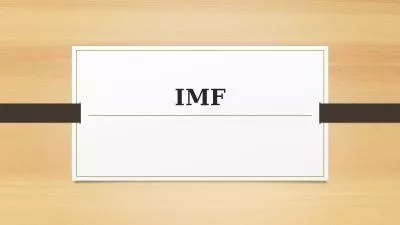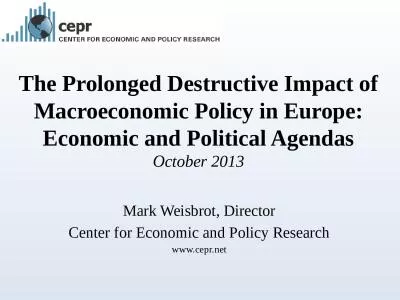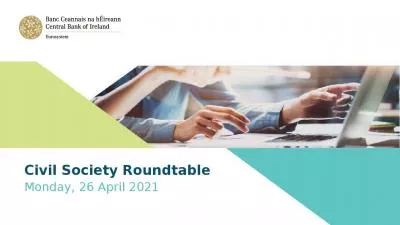PPT-#AMCSO16 As part of the Civil Society Policy Forum of the 2016 World Bank/IMF Annual Meetings
Author : tawny-fly | Published Date : 2018-02-26
EQUITY INCLUSION and EDUCATION Examining Evidence on LowFee Private Schools GPE Stephan Bachenheimer As part of the Civil Society Policy Forum of the 2016 World
Presentation Embed Code
Download Presentation
Download Presentation The PPT/PDF document "#AMCSO16 As part of the Civil Society Po..." is the property of its rightful owner. Permission is granted to download and print the materials on this website for personal, non-commercial use only, and to display it on your personal computer provided you do not modify the materials and that you retain all copyright notices contained in the materials. By downloading content from our website, you accept the terms of this agreement.
#AMCSO16 As part of the Civil Society Policy Forum of the 2016 World Bank/IMF Annual Meetings: Transcript
Download Rules Of Document
"#AMCSO16 As part of the Civil Society Policy Forum of the 2016 World Bank/IMF Annual Meetings"The content belongs to its owner. You may download and print it for personal use, without modification, and keep all copyright notices. By downloading, you agree to these terms.
Related Documents

